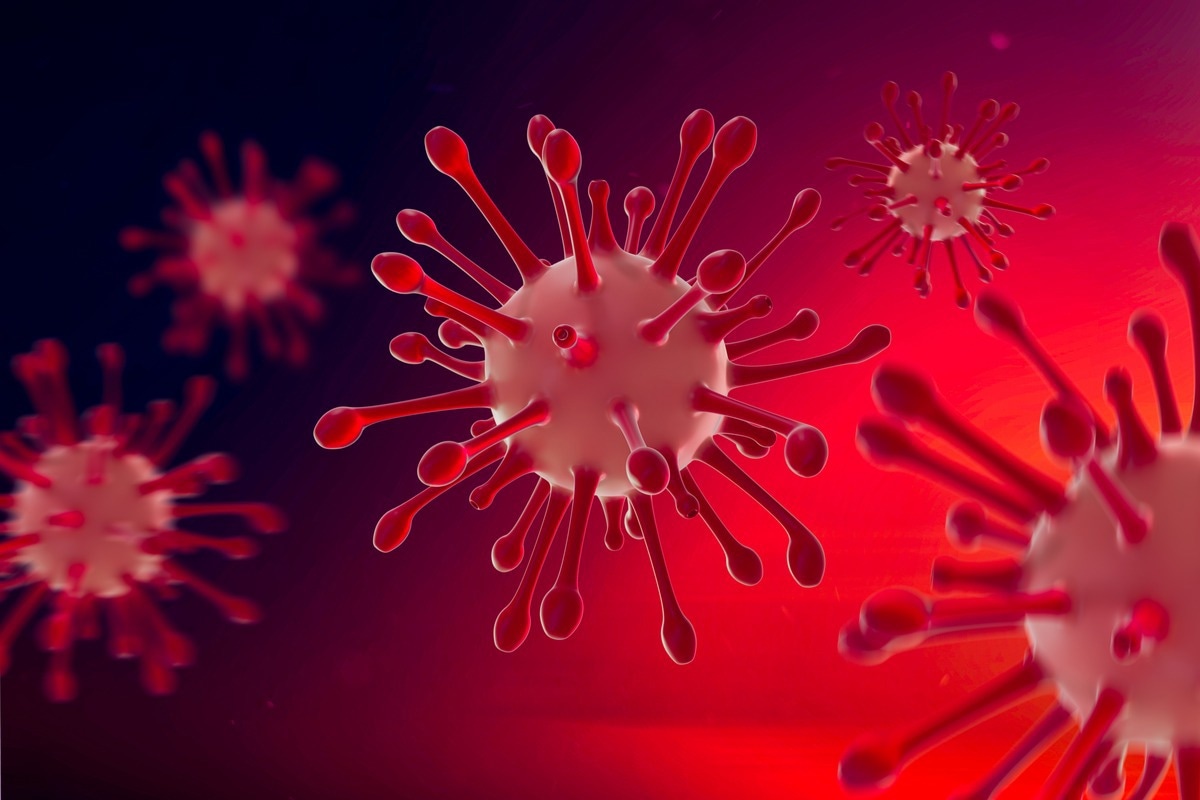In a recent study published in the Journal of Clinical Ultrasound, researchers assessed the influence of severe coronavirus disease 2019 (COVID-19) on scrotal infections.
 Study: Sonographic findings of COVID-19 related acute scrotal infection and associations with clinical-laboratory data. Image Credit: MIA Studio/Shutterstock
Study: Sonographic findings of COVID-19 related acute scrotal infection and associations with clinical-laboratory data. Image Credit: MIA Studio/Shutterstock
During the COVID-19 pandemic, various patients reported different types of symptoms. Some patients also experienced symptoms like epididymitis and acute orchitis.
About the study
In the present study, researchers investigated the association between COVID-19 disease severity and scrotal infections.
The study cohort included adult men who were hospitalized following a positive COVID-19 diagnosis via a reverse transcriptase-polymerase chain reaction (RT-PCR) test and underwent scrotal ultrasonography (US) testing from October 2021 to February 2022. Before the US examinations, each study participant was investigated for medical history as well as symptoms related to scrotal infections.
Patients who had a positive RT-PCR result for COVID-19 and a chest computed tomography (CT) were eligible for the study. The eligible participants were classified into groups based on the disease severity: (1) type 1 included patients displaying mild symptoms without any abnormal radiological findings, (2) type 2 included patients displaying mild symptoms as well as the presence of pneumonia on the chest CT scans, (3) type 3 included patients exhibiting either a low oxygen partial pressure or a high respiratory rate in the arterial blood, and (4) type 4 included patients who needed mechanical ventilation and had a history of either shock or organ dysfunction resulting in an intensive care unit (ICU) admission.
The patients were examined using US for scrotal findings 15 days after the positive COVID-19 diagnosis. During US, the team assessed unilateral or bilateral involvement, heterogeneity in echogenicity, enlargement of and increased blood flow in the epididymis and testis, as well as detection of an epididymal abscess.
Enlargement of and increased blood flow in the epididymis and testis and heterogeneous echogenicity are the primary US findings correlated to acute orchitis while minor manifestations included a thickened tunica albuginea, scrotal wall edema, and hydrocele. The detection of all the three main features, or any two main features along with a minimum of one minor feature was deemed as the diagnostic standard for acute orchitis. Additionally, the detection of all three main features, or any two main characteristics with one minor feature was the diagnostic standard for acute epididymitis.
Scrotal US findings of the study cohorts were investigated and compared while the ages and laboratory test results of the patients were assessed and classified. The team assessed the association of acute scrotal infections with comorbidities including hyperlipidemia, hypertension, coronary artery disease, hepatic cirrhosis, chronic liver disease, diabetes, and chronic obstructive pulmonary disease (COPD).
Results
The study results showed that among the 213 eligible patients, 7% had acute orchitis, 3.7% had acute epididymitis, and 7.9% had acute epididymo-orchitis. A total of 40 scrotal infection findings were detected among the patients. The average age of the patient cohort was 61.7 ± 8.3 years while that corresponding to patients belonging to the type 1 category was 53.3 ± 9.1 years, type 2 category was 67.8 ± 10.7 years, type 3 category was 72.8 ± 9.1 years, and type 4 category was 86.9 ± 6.2 years.
The team observed clinical scrotal symptoms in 11.2% of the total patients. Notably, the incidence of scrotal complaints was higher among patients experiencing severe disease symptoms. The team noted that the type 3 and type 4 patients were more likely to report hyperlipidemia, hypertension, coronary heart disease, chronic obstructive pulmonary disease, and chronic kidney disease. Moreover, increased levels of fibrinogen, neutrophil, lymphocyte, D-dimer, and C-reactive protein (CRP) were found in clinical severe patients.
Furthermore, almost 98% of the total patients recovered while 2.3% died from COVID-19 in the study. The team noted a significant statistical correlation between patient mortality and the severity of COVID-19 symptoms. Moreover, patients belonging to the type 3 and type 4 categories were found to have more testicular heterogeneous echogenicity, higher testicular vascular flow, epididymal abscess, as well as enlargement of the epididymis. Additionally, type 4 patients reported more epididymal heterogeneous echogenicity as well as higher epididymal vascular flow. Also, cases of acute orchitis, acute epididymitis, and acute epididymorchitis were substantially higher among type 3 and type 4 patients.
Overall, the study findings showed that acute scrotal infection was detected among COVID-19 patients even when no symptoms were displayed by the patients. Acute scrotal infections among COVID-19 patients were found to be significantly associated with COVID-19 disease severity.
Journal reference:
- Aydin, S, Tokur, O, Kazci, O, Ece, B, Karavas, E, Kantarci, M. (2022). Sonographic findings of COVID-19 related acute scrotal infection and associations with clinical-laboratory data. Journal of Clinical Ultrasound. doi: https://www.doi.org/10.1002/jcu.23263 https://onlinelibrary.wiley.com/doi/10.1002/jcu.23263